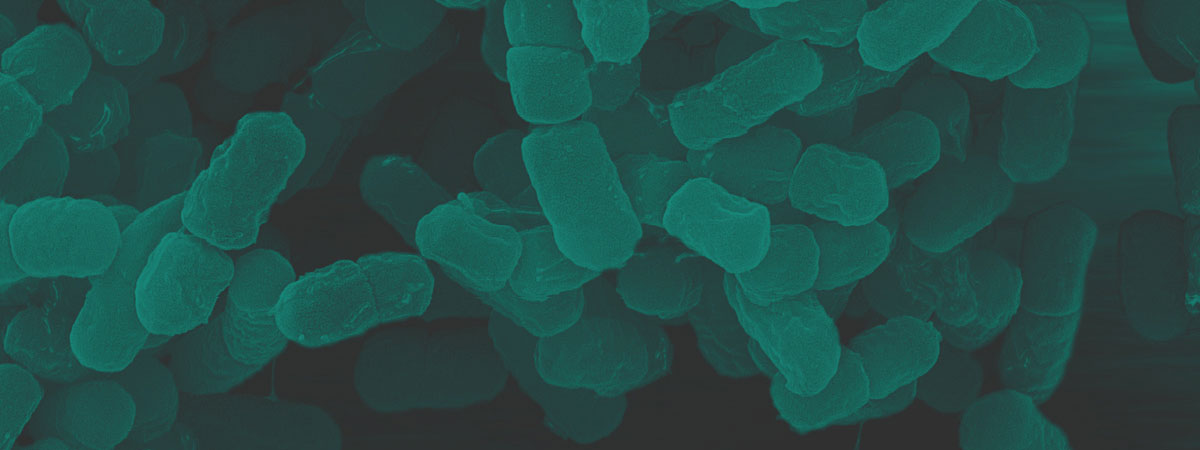Micro and bio encapsulation of bioactive agents for their targeted and controlled delivery
To achieve a pH-responsive switchable on-demand release of nanoparticles (NPs) from intravaginal rings (IVR), a new pH-sensitive polyurethane (PU) bearing dimethylolpropionic acid (PEG-DMPA-HDI-PG) was synthesized to encapsulate NPs as a physically cross-linked hydrogel within a segmented reservoir-IVR.
We improved the electrospinability of an mcl-PHA poly (3-hydroxyoctanoate-co-3-hydroxyhexanoate) (PHOHHx) by blending with a scl-PHA poly (3-hydroxybutyrate-co-3-hydroxyvalerate) (PHBV25, with 25 mol% HV).
Antibiotic alternatives are in great need for combating antibiotic resistance. Selective delivery of a potent non-selective non-resistance-inducing biocide (C17) to MRSA was achieved by encapsulating it in solid lipid nanoparticles (SLNs) conjugated with a MRSA-specific antibody.
Recently, smart PUs have been actively researched to enhance bioactivity, biocompatibility, and reduce drug side effects. Although biodegradability is important in regenerative medicine, biostability of PU plays a key role for long-term implantable biomaterials. This article reviews recent publications of research and inventions of stimuli-responsive and biostable PUs. Applications of smart PUs in long-term implantable biomaterials are discussed and linked to the future outlook of smart biostable PU biomaterials.


